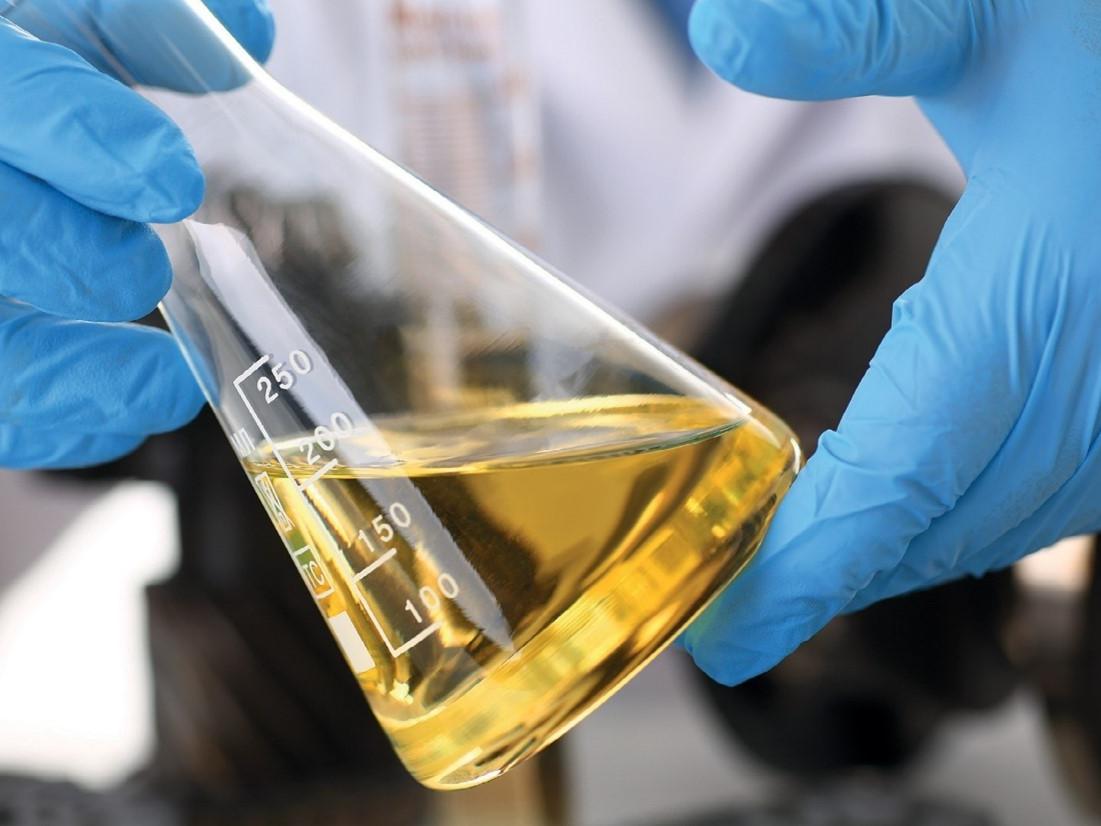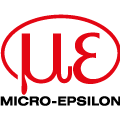
Posted to News on 16th Dec 2021, 08:57
Contamination control takes big step forward with revised ISO 11171
Hydraulic fluid power Calibration of automatic particle counters for liquids

Contamination control is essential for the reliable operation of equipment in hydraulic, diesel, aerospace and similar applications.
In this article, consultant Dr Barry Verdegan PhD looks at the revised standard ISO 11171 Hydraulic fluid power – Calibration of automatic particle counters for liquids.
Particle counting measures contaminant concentration as a function of particle size, and is used to evaluate the effectiveness of contamination control programmes and the filters used to remove contaminants from fluids.
Meaningful comparisons of fluid cleanliness levels and filter performance data are only possible, if particle counters are calibrated to the same standard. ISO 11171, developed by ISO/TC 131/SC 6, is the internationally accepted standard for the calibration of liquid automatic particle counters used for hydraulic fluids, aviation and diesel fuel, engine oil and other petroleum-based fluids.
Primary calibration suspensions
To maintain traceability to the internationally accepted definition of a metre, ISO 11171 relies upon primary calibration suspensions, Standard Reference Material SRM 2806, certified by the US National Institute of Standards and Technology (NIST). The year 2016 was pivotal for contamination control.
A new batch of SRM 2806, SRM 2806b, was released to the market that yielded particle sizes about 10% larger than previous batches of the material. Due to pent-up demand, supplies of SRM 2806b were rapidly being depleted and certification of a new batch of SRM 2806, SRM 2806d, was initiated. A new revision of ISO 11171, ISO 11171:2016, allowed particle size to be reported in units of either μm(b) or μm(c), where μm(b) refers to the actual
SRM 2806b certified particle size, while μm(c) sizes remained unchanged but were obtained by mathematical conversion of μm(b) sizes. There was considerable interest in determining the concentrations of particles smaller than 4 μm (c) for applications such as high-pressure diesel fuel systems.
As a result, the use of light scattering particle sensors increased, while light extinction particle counters continued as the mainstay for industry. For particles larger than 30 μm(c), the uncertainty in results was undesirably high, even though data for these sizes is critical for some applications. Collectively, these factors resulted in immediate and significant impacts on industry. While the uncertainty for SRM 2806b was within stated limits, certain otherwise acceptable fluids and filters were failing to meet fluid cleanliness level and filter performance specifications, even though nothing had changed.
Measurement uncertainty
Reported particle concentrations were observed to be 2 to 8 times greater with SRM 2806b calibrations compared to SRM 2806a. The introduction of alternative particle sizes reporting conventions resulted in confusion, as some laboratories reported in μm(c) to be consistent with existing specifications, while others chose to report in μm(b) sizes obtained directly from SRM 2806b. Further, it was apparent that, unless something changed, a size shift could result each time a new batch of SRM 2806 was certified simply due to measurement uncertainty.
To address the challenges, ISO/TC 131/SC 6, in partnership with NIST, initiated an ambitious programme to revise ISO 11171 and the SRM 2806 certification protocol. As a result, ISO 11171:2020 establishes μm(c) as the sole particle size reporting convention and eliminates the μm(b) reporting option. SRM 2806 will continue to be used for primary calibration at particle sizes below 30 μm(c) while polystyrene latex will be used for primary calibration at larger sizes. FP022354:16 December 2020 The definition of μm(c) remains consistent with past versions of ISO 11171.
To avoid future shifts in particle sizes associated with new batches of SRM 2806, NIST has started certifying SRM 2806, beginning with SRM 2806d, as a consensus standard using round robin data provided by ISO/TC 131/SC 6. A normative dilution procedure for calibration samples has been added to ISO 11171:2020 to minimise coincidence error and enable calibration at smaller particle sizes. The constrained cubic spline method is now specified for use in generating particle counter calibration curves.
As a result of these improvements, an inter-laboratory study found that the uncertainty in particle concentration data using ISO 11171:2020 was approximately one third of that observed with the previous version. Further, there is no significant particle size shift nor shift in particle concentration data using ISO 11171:2020 with the newest batch of primary calibration suspensions, SRM 2806d. In the inter-laboratory study, some light scattering particle counters were calibrated to particle sizes as small as 1,5 μm(c).
No notable impacts
To facilitate implementation of ISO 11171:2020, ISO/TC 131/SC 6 has created ‘ISO/TR 4813 Hydraulic fluid power – Background, impact and use of ISO 11171:2020 on particle count and filter test data’, which discusses its background and implications. Significantly, there are no notable impacts upon those currently reporting and using the μm(c) particle size convention.
On the other hand, those using the μm(b) convention should take steps to convert to μm(c). In many cases, this may be as simple as returning to older (before 2012-2016) fluid cleanliness and filter performance specifications that used μm(c). In other cases, more recently developed μm(b) fluid cleanliness and filter performance specifications should be converted to μm(c). ISO/TR 4808 ‘Hydraulic fluid power – Interpolation method for particle count and filter test data’ provides a recommended procedure and guidance for converting μm(b) data and specifications to μm(c) and for the interpolation of data at intermediate particle sizes to ease the transition.
With the publication of ISO 11171:2020 and supporting Technical Reports, ISO/TC 131/SC 6 has returned the industry to a single particle size reporting convention, reduced uncertainty in the data, and expanded the range of particle sizes that can be counted while minimising any inconvenience associated with the transition. This enables industry to implement more robust contamination control programmes and improve the reliability of equipment in hydraulic, diesel, aerospace and similar applications.
BFPA's technical and standards development committees play a key role in framing worldwide best practice in the fluid power industry through the development of National, European and International standards. If you would like to make a difference and get involved in this important work, email Yvonne Pearman, BFPA standards projects manager at [email protected]
For more technical articles on fluid power, click here.
Want the latest machine building news straight to your inbox? Become a MachineBuilding member for free today >>
British Fluid Power Association (BFPA)
Cheriton House
Cromwell Park
OX7 5SR
UNITED KINGDOM
+44 (0)1608 647900

















